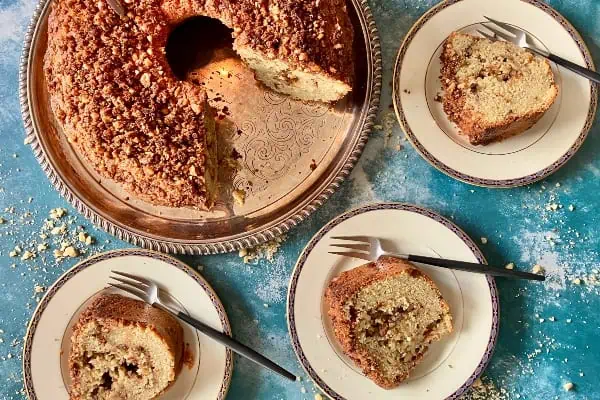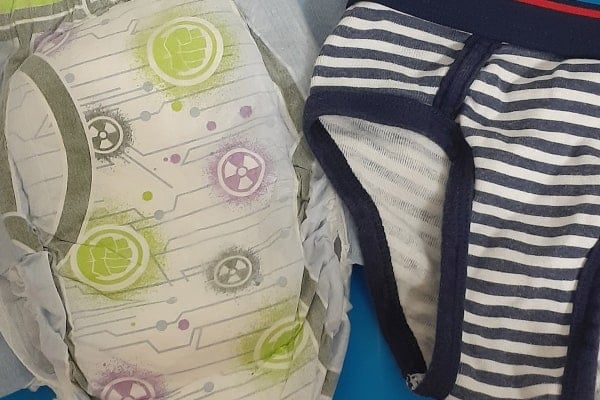Grade 5 teachers had some homework to do this summer. They were getting up to speed on the First Nations social studies curriculum.
Selena Pye, a graduate of the Yukon Native Teacher Education Program and curriculum developer notes how prevalent First Nations children are in Yukon schools.
“Statistics show that about a quarter of the students in Yukon public schools are First Nations,” Pye says. “In several schools in Whitehorse and Watson Lake it sits at 50 per cent, and in a community like Old Crow, it’s close to 100 per cent.”
This month all teachers will attend professional development seminars to receive training in how to use the new Yukon First Nations Teacher’s Handbook.
Janet McDonald, director of the First Nation Programs and Partnerships for the Department of Education, says that although it will be required for the first time this fall, many teachers have been using this type of material in the classroom since 2008.
“We were encouraging teachers to use the information,” says McDonald. “Social Studies 5 highlights governance of all types — and we want students to be able to say who the Prime Minister is, but also who the Chief is in their own community.
“We really want to plant the seed so that any child can think, ‘Yes, I could be a leader. We want students to be active and responsible citizens, and we want all students to have the awareness and the appreciation of Yukon First Nations.”
Yukon’s Education Act follows the British Columbia curriculum, but allows for 20 per cent locally developed courses. Social studies has been a natural home for much of this content, which was developed in conjunction with elders and resource people from each First Nations community in the territory.
Sometimes students learn directly from those leaders: elder Sam Johnston of Teslin has been a popular speaker, and teachers have invited the former Teslin Tlingit Council Chief and Speaker of the Yukon Legislative Assembly into their classrooms on many occasions.
“We want teachers to feel comfortable using the material — we try and support teachers however we can,” McDonald says. “Often the best way is to bring in elders who can co-teach it.”
One class had a particularly memorable experience.
After a series of speakers in the classroom and hands-on activities where they made crafts, the students arranged for a celebration of their learning at the Potlatch House in Whitehorse.
“There was a death in the community, though, so they had to postpone it,” McDonald says. “At first they were disappointed, but we had someone come in to explain the traditional laws, how you should behave, and respect for the family.
“Students learned so much by going through this process, and later they held their celebration and it went off really well.”
For McDonald, Pye, and the others in the First Nations Programs and Partnerships section, these examples keep them striving to develop and improve resources.
They believe that having these types of resources are critical, and so is supporting teachers and students as they learn about the Yukon.
Danielle Metcalfe-Chenail was Writer-in-Residence at Berton House in Dawson City in 2010. www.daniellemc.com




